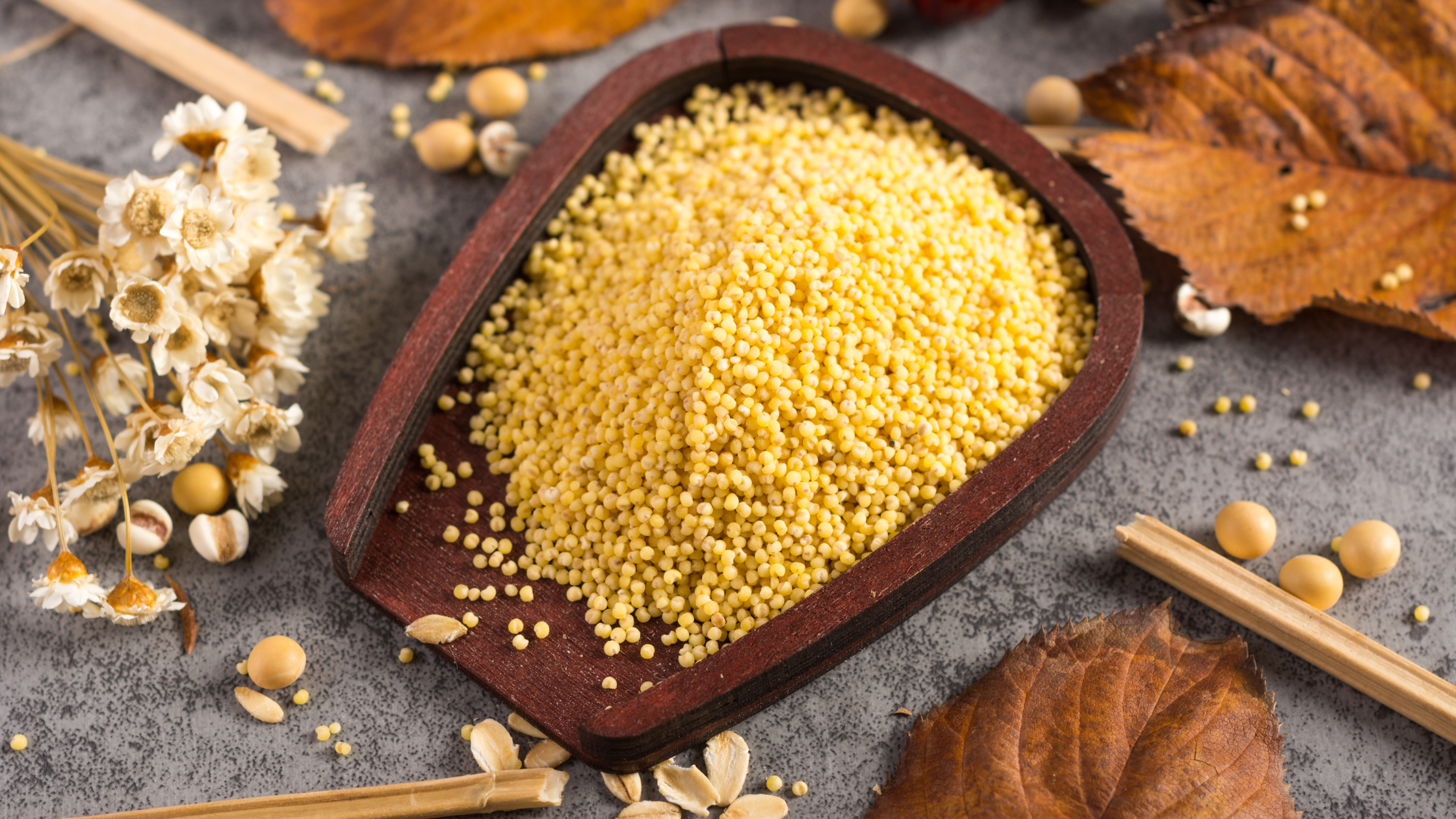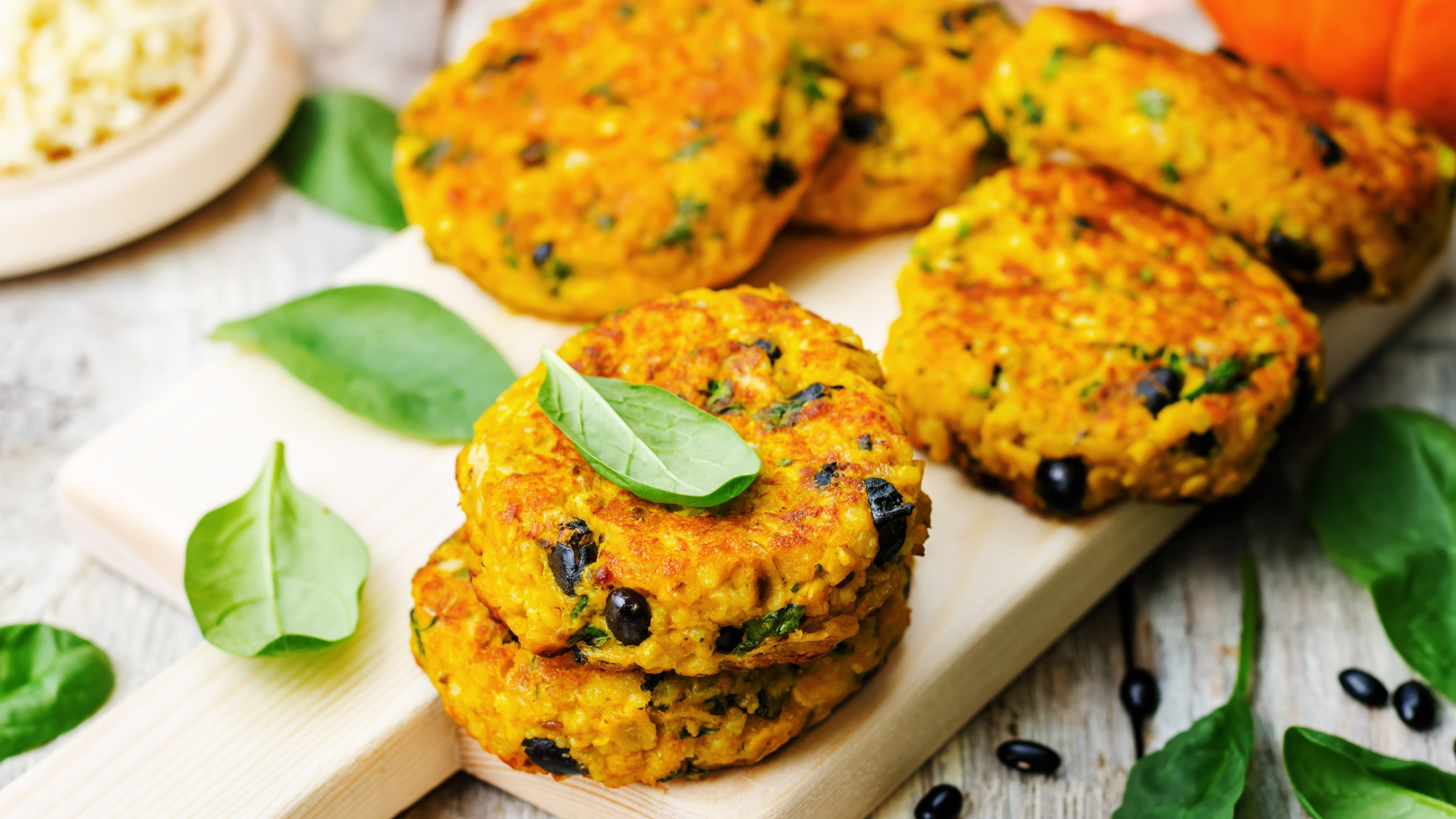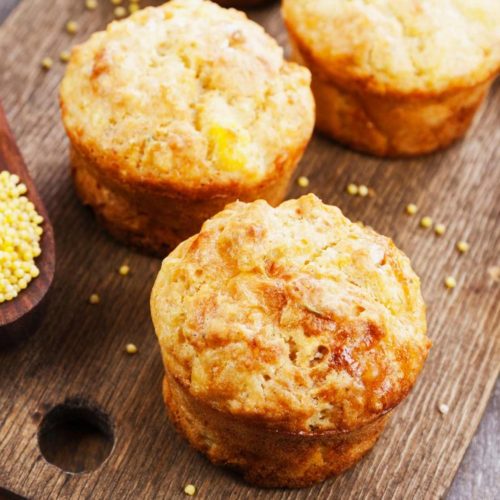Gratitude is what's on my mind right now. We're at that annual cusp from old year to new. That time when so many people make resolutions, often unrealistic and undefined. And by doing so set themselves up to feel bad about themselves later. There are a number of studies that show how beneficial a gratitude practice can be, mentally, emotionally, and physically, to support our overall health and wellness.
The gratitude jar
I believe anytime is a perfect time to think about gratitude. But I especially love this ritual that I've built up over time around creating an abundance of gratitude in my life.
For the past few years I've had a jar sitting next to my desk in my office. When I have a moment of gratitude (and it can be for anything, not specifically for work, personal, others in my life) I write it down on a little scrap of paper and throw it in the jar. I confess that I try to find colorful scraps of paper because it's more fun that way. I don't go back through the jar throughout the year, I just keep filling it up.
Come New Year's Eve while I'm waiting for the countdown, I open the jar and empty it out. I unfold all those pieces of paper and savor reading them one by one. I do this by myself, but you may choose to do it with friends or family members too. It can be fun if it's a group jar or if several people bring their jars and go through them together.
I find I do remember many of them, but what always strikes me is the number of things that I forgot about. Every. Single. Year. These are moments I was grateful for when they happened, but in the hustle and bustle of everyday life they slipped into the back of my memory and got buried there. In opening this jar and going through them, I am grateful for those moments again.
Some people write all of their gratitudes down in a book that they keep from year to year. I have another friend who glues down all her little scraps into a composition book of gratitude. I don't do any of those things, mine go into the compost bin. But I truly love this ritual look back over the year. This ability in spite of any challenges or low moments we may have faced to see so many wonderful things. So many reasons to be grateful.
Once the jar is empty it almost seems to sparkle as I set it next to my desk to begin again. And it brings hope and a cheerful spirit as I anticipate the year ahead.
Cultivating a habit of gratitude
Being grateful doesn't always come easy. For some reason we are surrounded by a culture (and a news media) that brings out the worst in us. Often we get so overwhelmed that we allow the negative things to strongly influence how we percieve what is happening around us. Amidst the explosions of stress, worry, and overwhelming circumstance, the little sparks of gratitude can sometimes get lost. Just as we learn to read and write and do any of the other things we've learned to do in life, so too we need to learn to cultivate the habit of gratitude.
Below are some of my favorite resources and articles on the topic. I am not going to lie and tell you that I live in that blissed out place that is continual gratitude. I don't. I sometimes struggle to get there, to get anywhere close to being grateful. And yet I know I have to very much to be grateful for.
Yes we can get overwhelmed, sometimes we get lost. But I have come to believe that by remembering that concept of gratitude and by trying to pay attention to it I am happier overall. And so I've collected these resources and I have my ritual of the gratitude jar. I'm excited and looking forward to what this new year will bring.
As we transition to another year I hope that whatever the year ahead holds for you it also brings happiness, health, contentment, and peace.
Gratitude resources
How To Be Grateful To People We Don't Like – Learning to look at negative situations and focus on the good things we have can help us achieve a transformational shift. Admittedly this is not always easy to do, but sometimes having a resource we can turn to the guide us toward this can be helpful.
Gratefulness.org – A wonderful website offering videos, audios, articles, a virtual labyrinth, and virtual candles you can light. This is one of my favorite resources.
How Gratitude Can Change Your Life – A good article about gratitude with some information about how studies showing how it can improve your life.
Why Living a Life of Gratitude Can Make You Happy – A few suggestions for ways to add a gratitude practice to your life.
Stumbling Toward Gratitude – The end of this article sums it up well, ” There are no miracles. … There are no long-term quick fixes for happiness, so if you become a more grateful person and you add [these] exercises to your repertoire, you’ll be different six months or a year from now.”
9 Ways To Cultivate Gratitude – Nine suggestions for ways to cultivate gratitude (and avoid focusing on criticism or complaints)
A Serving of Gratitude May Save The Day – This New York Times article has some great suggestions and offers gentle ways to get started
And here's a video on gratitude that I found moving. Thanks to my Aunt for sharing it just when I needed it.
Gratitude: A Mindful Pause – if you happen to be in the market for a sweet gratitude journal. This one has both unlined and lined pages making it perfect for both writing and drawing, coloring, or art journaling.





